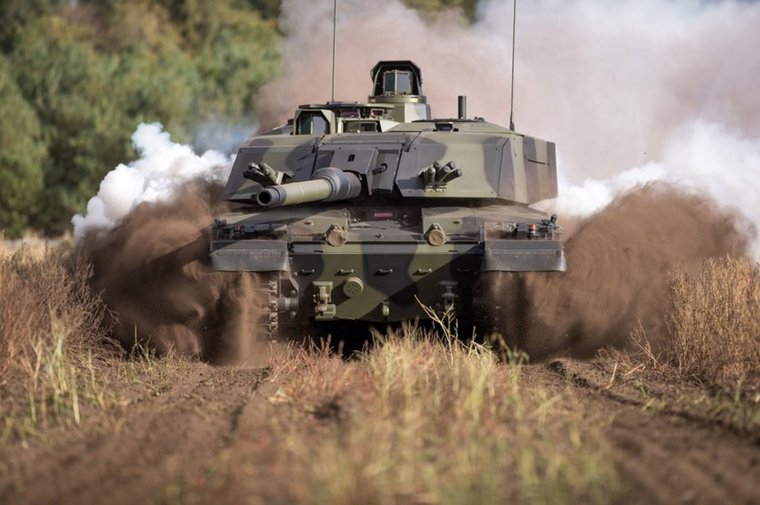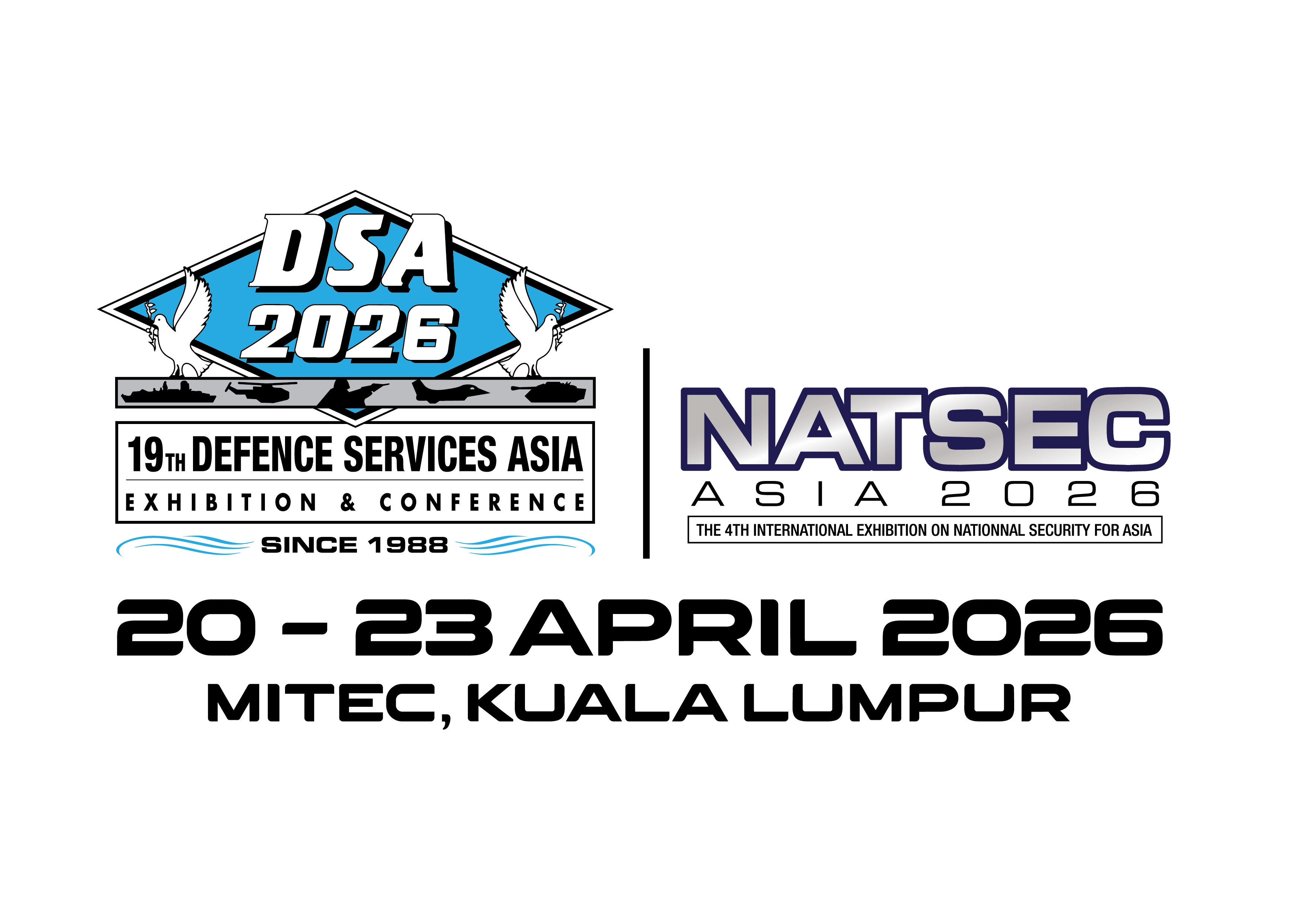INDUSTRY NEWS

Insight: The UK's Challenger 3 tank programme gets ready for service in 2025
September 04, 2023
By:Sam Hart in London
Initially planned for service entry between 2027 and 2030, the British Army's first Challenger 3 tanks remain on track for accelerated delivery in 2025. Shephard Defence Insight provides full technical details and a programme update for this vital UK armoured capability.
Snapshot
Challenger 3 is the latest iteration of the Challenger MBT introduced into service with the British Army. Manufactured by Rheinmetall BAE Systems Land, Challenger 3 is an in-service upgrade to the existing Challenger 2 platform. Featuring a switch to a new 120mm smoothbore gun, integrated Trophy APS, and a new suite of sights and optics enhancing existing 'hunter-killer' capabilities, Challenger 3 is expected to replace 148 Challenger 2 platforms by 2030 in a $1.17 billion (£800 million) contract with the British Army.
Customers
Challenger 3 remains a solely British programme at present. Of the 227 Challenger 2 tanks currently in service with the British Army, current plans will see the upgrade of 148 to the Challenger 3 platform.
Following the Integrated Review in March 2021, the MoD confirmed the decision to reduce the current three armoured regiments' worth of Challenger 2s (227) down to two regiments' strength (148). Of the three armoured regiments of the Royal Armoured Corps, the Royal Tank Regiment and Queen's Royal Hussars will remain on the Challenger platform and await the Challenger 3 upgrades, whilst the King's Royal Hussars will re-role onto the new Ajax platform in 2025.
During the overhaul and upgrade process, each Challenger 2 will be stripped to bare hulls and go through an ultrasonic inspection, weld repair and repainting whilst every component is removed and inspected for serviceability to prolong the future service life. Production has already begun on the new turrets, with the official launch of the Challenger 3 upgrade program ,eon 24 March 2022 at Armstrong Works in Newcastle.
The Royal Tank Regiment is expecting its first delivery of Challenger 3 in early 2025.
On 9 February 2023, Defence Equipment & Support announced it had approved the Critical Design Review stage for Challenger 3 ahead of schedule, paving the way for prototype production.
Development
Developed as a replacement for the Challenger 2 MBT, the UK MoD initiated initial development under its Challenger 2 Life Extension Programme (LEP) in 2013. Several companies submitted proposals for the LEP, and in December 2016, the MoD awarded $49 million in contracts to Rheinmetall and the BAE Systems-led' Team Challenger 2'.
Following the publishing of proposals by both teams between 2018 and 2019, Rheinmetall's acquisition of BAE Systems' UK Land Division to form Rheinmetall BAE Systems Land (RBSL) would remove Team Challenger 2's proposal from contention, leaving Rheinmetall's proposal as the sole competitor.
Announced in conjunction with the UK MoD's publication of its 2021 Integrated Review in Security, Defence, Development and Foreign Policy in March 2021, RBSL announced that it had received a contract worth approximately $1.17 billion to upgrade 148 Challenger 2s to its finalised Challenger 3 platform in May 2021. Initially planned for a delivery period between 2027-2030, as of November 2021, the UK MoD stated that the first delivery of Challenger 3 had been accelerated to 2025.
Technical Description
What are the capabilities and components of the Challenger 3 tank?
The Challenger 3 retains many of the capabilities and components of the Challenger 2 but also features several upgrades intended to improve the platform's lethality and protection. Featuring generic vehicle architecture, an open system, and new digital crew stations, Challenger 3 is fully digitised, enabling the crew to share and gather real-time data with other fighting brigade-level assets.
Featuring a new turret mated to the existing Challenger 2 hull, Challenger 3 integrates an Active Protection System (APS), a new 120mm smoothbore gun and upgrades to current sight and optics.
It retains the 4-soldier crew of its two predecessors, comprising a driver seated in a central position at the front of the hull and a commander, gunner and loader in the turret.
In September 2022 RBSL announced a $9 million subcontract to Atex Engineering Systems for Challenger 3's power management system. Atec will supply panels, switch boxes and junction boxes as part of an enhanced power management and distribution system.
What new protection systems will the Challenger 3 have?
Challenger 3's principal upgrade to protection is its integrated Rafael Trophy Medium Vehicle (MV) hard-kill APS. The Israeli-made Trophy provides combat-tested protection against rocket and missile threats whilst simultaneously locating the origin of hostile fire for immediate response. First shown at the DSEI 2021 exhibition, the integration of APS onto Challenger 3 continued to undergo trials under a $5.75 million contract between 20 October 2021 and 20 December 2022. A final decision on the Trophy APS is not planned until 2023.
RBSL announced at DVD 2022 a deal with Elbit Systems UK for 150 Elbit Laser Warning Systems (ELAWS) intended for the Challenger 3 programme. Providing 360° threat coverage, ELAWS can detect, categorise and accurately pinpoint laser sources such as rangefinders, anti-tank guided missiles, target designators and infrared illuminators. It is not currently known where the ELAWS will be mounted on Challenger 3, though it is expected to follow Israel's Merkava III in utilising a turret-mounted mast.
Challenger 3 receives an upgrade to its armour away from the Chobham/Dorchester armour of its predecessor in favour of Dstl's new Epsom and Farnham modular armour. Challenger 3 receives a further upgrade to the armour on its turret with improvements over the frontal arc for increased battlefield survivability. The new turret has five L8 smoke grenade dischargers mounted on each side and retains Challenger 2's ability to further set a smoke screen by injecting diesel fuel into the engine exhausts.
What is the off-road mobility of the Challenger 3 tank?
Under the 'Heavy Armour Automotive Improvement Programme' (HAAIP), RBSL will upgrade the Challenger platform to a 26.1l Perkins CV12-8A V12 diesel engine and install an improved engine cooling system. Offering 1,500hp, Challenger 3 has an increased top speed of 60kmh on-road and 40kmh off-road. When fitted with these upgrades, Challenger 3 will have a fuel capacity of 1,592l and a maximum range of 500km.
Alongside engine upgrades, Challenger 3 features a third-generation hydro-gas suspension system, increasing moving firing accuracy.
With a gross vehicle weight (GVW) of 66t, Challenger 3 is 1t heavier than its predecessor.
What are the advantages of installing a smoothbore gun?
Armed with a Rheinmetall L55A1 120mm smoothbore gun, the Challenger 3's principal upgrade over the Challenger 2 offers an upgraded variant of the L55 fitted to the Leopard 2A6/A7 family of main battle tanks. The British adoption of the 120mm smoothbore provides commonality with other NATO members using platforms such as the Leopard 2A7 and M1A2 Abrams.
Offering increased accuracy, range, and penetrating power, the adoption of a 120mm smoothbore gun is the first time British MBTs have moved away from rifled barrels. In alignment with the NATO standard, Challenger 3 increases interoperability with allies, allowing access to the latest kinetic energy ammunition and programmable High Explosive multipurpose ammunition.
Performance is further improved with upgrades to the suspension system and adoption of the latest gun and fire control system technology provided by the digitisation of the Challenger 3 platform.
One coaxial 7.62mm L8A2 machine gun is mounted to the left of the main armament with the capability to mount a 7.62mm L37A2 to the commander's cupola. The tank is expected to carry 50 120mm and 4000 7.62mm rounds.
Challenger 3 maintains its predecessor's so-called 'hunter-killer' capability and receives a platform-wide upgrade to sight and optic systems. A $121.9 million (£90 million) RBSL subcontract with Thales provides independent long-range commander and gunner primary sights with automatic target tracking and thermal modes for operations during day and night.
Thales will also supply a signal processing system (SPS), providing the tank with video tracking and wide-area search and detection (WASAD) capabilities. Challenger 3's threat detection is further upgraded, with the driver gaining a new sight alongside front and rear thermal imager cameras for enhanced IED threat detection.
What comms systems will the Challenger 3 be equipped with?
Challenger 3's upgrades include installation of a local area network alongside connectivity with the UK's Bowman radio and Morpheus communications and information systems.
Reportedly equipped with further advanced tactical communication systems, Challenger 3 moves the British Army's MBT platform into alignment with its current intentions to improve standard digital capabilities in conjunction with its new vehicles, Boxer and Ajax.
What is the unit cost of a Challenger 3 tank?
Cost projection accounting for 20% of the $1.17 billion contract price being support costs estimates a unit cost of $5.03 million (£4.3 million) for each of the 148 Challenger 3 platforms.
Source:
https://www.shephardmedia.com/news/landwarfareintl/insight-latest-developments-on-the-challenger-3/

